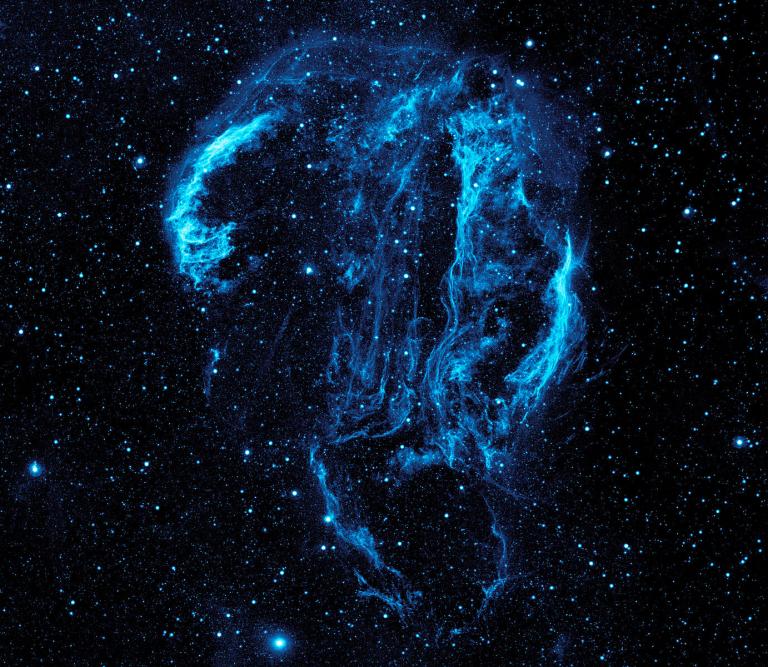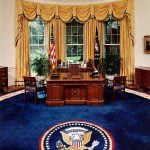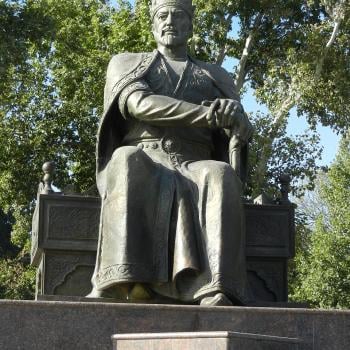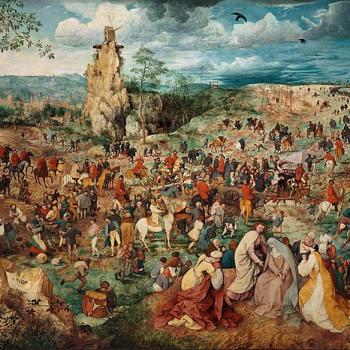
It used to be that scientists and those influenced by them viewed the world as an assemblage of interlocking gears, a machine. This was the time of the Enlightenment and of “Rationalism.” The machine simply had to be disassembled and its various constituent parts examined, and then everything would be both understood and easy to control.
René Descartes (1596-1650) certainly viewed reality as somewhat machine-like, and the physics of Sir Isaac Newton (1642-1727) seemed to solidify the picture. The same eternal laws governed the fall of an apple and the motions of the planets. It all ran like a clockwork. Cause and necessary effect explained everything. If we only knew all of the beginning conditions we would be able to predict the end conditions with reliable certainty.
And this was true of humanity, as well. The title of the atheistic French physician and philosopher Julien La Mettrie’s 1747 book L’Homme machine (“Man a Machine”) summed it all up pretty well. There was no freedom. Anywhere. All was governed by necessity.
The world was very rapidly disenchanted. One puzzle after another was solved. God became superfluous. As the French mathematician and astronomer Pierre Simon de Laplace put it so memorably when, having been presented with Laplace’s mechanistic system of Newtonian celestial mechanics, Napoleon asked him what place remained for God: “Your Majesty, I have no need of that hypothesis.”
Newton’s model contributed enormously to the progress of science, brilliantly explaining the physical world that we see every day.
And Newtonian physics still has enormous value. But, as we’ve now come to understand, it also has limits. It explains only a portion of even physical reality. The universe is much more complex than the scientists and philosophers of the Enlightenment knew, and the mechanistic model is no longer adequate to what we understand today.
Newton himself may have sensed the limits of his system. Astonishing genius though he was, he realized that there was far more still to learn.
“I do not know what I may appear to the world,” he famously said, “but to myself I seem to have been only like a boy playing on the seashore, and diverting myself in now and then finding a smoother pebble or a prettier shell than ordinary, whilst the great ocean of truth lay all undiscovered before me.”
Still, Newton’s basic description of the world functioned really well for a long time. By the end of the nineteenth century, scarcely any major questions remained in physics. The mechanistic model required refinement, but nothing much beyond that. Apart from some details, everything appeared to be quite clear.
And then came a scientific earthquake.
As the twentieth century opened, scientists looking into the microcosm of the atom encountered phenomena that could not be reconciled with classical physics. It turned out that the microcosm wasn’t merely a mini-copy of the world of everyday life; it followed a completely different pattern.
Nobody was especially happy about this. Many scientists, in fact, were shocked and dismayed. Suddenly, the world seemed incomprehensible.
Classical physics had, for example, regarded the entire universe as made up of solid particles. Now, though, it appeared that this isn’t true at the very heart of things. The very smallest particles aren’t solid at all. They’re unstable appearances in a field of interrelationships. It’s not even clear, in fact, that they actually “exist” — or, if they do, in what form.
And energy and change don’t flow smoothly. Rather, they manifest themselves in small “packets,” or “quanta.” Electrons, for instance, frequently move from one orbit or energy level to another, but without crossing the space in between.
And the neat relationship of cause and effect seemed to break down. Chance, randomness, appeared in a way that classical physics simply couldn’t countenance. Subatomic particles move without cause. It’s never entirely clear what happens and when it’s happened. In fact, randomness becomes a fundamental feature of the cosmos on the subatomic level.
Uncertainty belongs, therefore, to the essence of nature at its most basic level.
This was frustrating to the great physicists of the first half of the twentieth century, but it opened the machine-like, deterministic universe entailed by Newton and Laplace up to a newly regained freedom.
(The above is a brief summary paraphrase of Lorenz Marti, Eine Hand voll Sternenstaub: Was das Universum über das Glück des Daseins erzählt [Freiburg, Basel, and Vienna: Verlag Herder, 2014], 77-82.)
***
Those who believe the COVID-19 pandemic to be a hoax, not quite as serious as a slight cold, that will disappear on the morning of Wednesday, 4 November 2020, need read no further. The scam-demic has only a few more weeks to run. Those who live in the real world, however, might find these links interesting:
“With COVID-19 cases still spiking, Utah County moves to higher restriction level”
“Flu “gets around the world when people travel, and there’s not much traveling going on.” But COVID-19 remains a threat, he warned “If you doubted that COVID was more infectious than flu, look at South Africa or Chile, where COVID is spreading like wildfire and flu isn’t spreading at all.””
“The Road Ahead: Charting the coronavirus pandemic over the next 12 months — and beyond”












